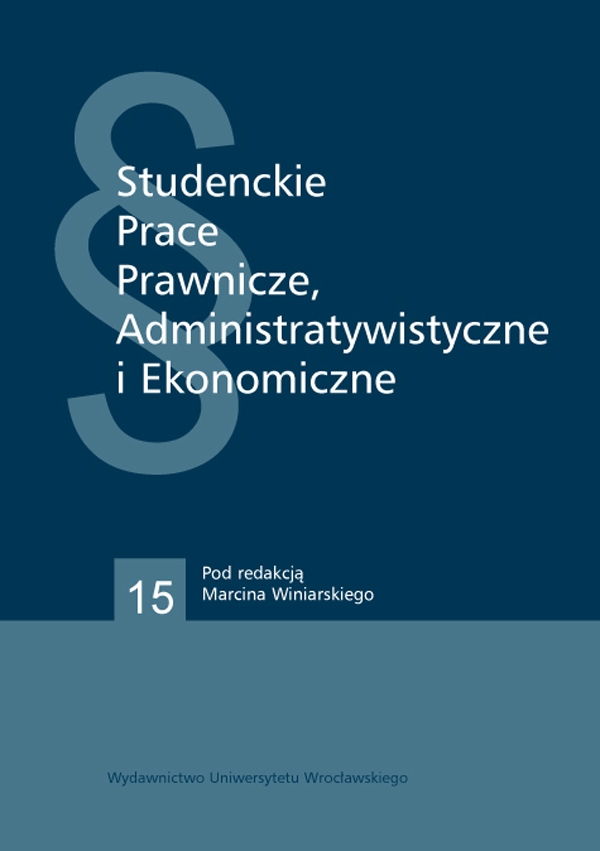

Articles

Central banking in Asia as seen in China, Japan and Russia — comparative analysis
The major central banks in Asia have asignificant impact on the economic life of particular countries. They determine the value of money, both its internal and external price. They create the environment in which the economic life of the country takes place.
These banks differ in terms of independence, organizational structure and decision-making processes. They also have different goals that they must pursue. And even though they have similar instruments at their disposal, they use the tools of monetary policy in anumber of ways. The biggest influence on this situation have historical and political determinants. The most stable isthe Bank of Japan. But it owes its position to along tradition. On the other hand the bank that is the most susceptible to the influence of political factors is the Chinese People’s Bank. This is due to the prevailing political system in China.
It is worth noting that these banks are not as orthodox in conducting the monetary policy as the central banks of Western countries. Despite many differences in terms of institutions and instruments, they normally have asimilar goal which they try to achieve through the use of different tools, depending on the situation on the global financial markets. Typically, this requires matching instruments to the currently prevailing conditions. Amain goal in each case is the same — maintaining the stability of own currency.